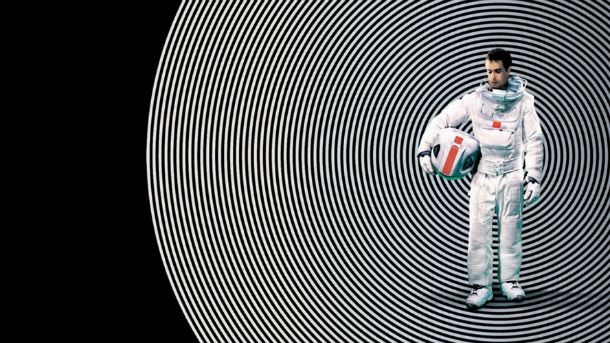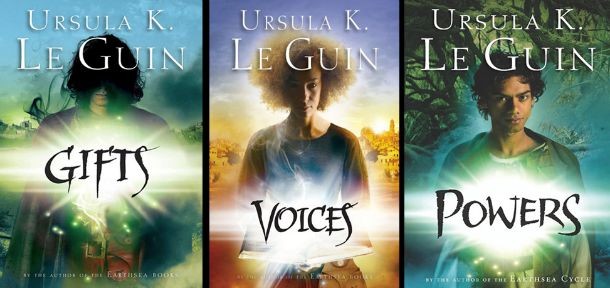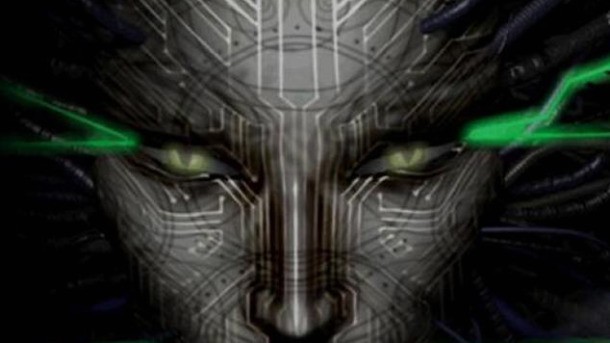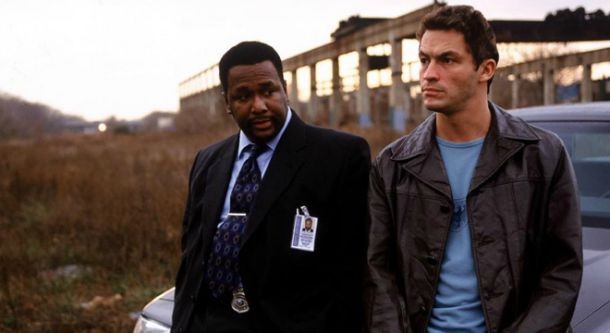How Tacoma Draws Inspiration From System Shock, Alien, And More

Even though Tacoma is set in a space station, the team at Fullbright isn’t just drawing from sci-fi classics to inform its approach to the game. The player’s experience with the game goes beyond the futuristic setting; Tacoma is also about people, their relationships, and how you interact with your surroundings.
We spoke with Fullbright co-founders Steve Gaynor and Karla Zimonja about the various things – including movies, books, plays, and games – that help provide guidance when crafting the different elements of Tacoma.
Alien and Moon
What they are: Ridley Scott’s 1979 film Alien has had immeasurable influence in the sci-fi genre across in all media – you’ve probably heard of it already. Moon is 2009 movie directed by Duncan Jones about a lone man working on a lunar mining station with only a computer called GERTY to keep him company.
Fullbright says: “Two of the most successful cinematic depictions of lived-in environments in space. The repartee between the crew of the Nostromo around the dinner table, and the solitary relationship between Sam and GERTY in Moon are big inspirations to us.” – Steve Gaynor
Ursula K. Le Guin
Who she is: Ursula K. Le Guin is an American science fiction/fantasy author. She is the mind behind the Earthsea series, as well as the more recent Annals of the Western Shore books. She is known for creating compelling worlds, and has won many honors including the Hugo Award, Nebula Award, and World Fantasy Award.
Fullbright says: “Great reference for people living communally, and well-thought-out societal systems and structures.” – Karla Zimonja

Sleep No More
What it is: A play from the Punchdrunk theater company, Sleep No More is Shakespeare’s Macbeth, but not performed on a stage with traditional dialogue. The audience splits up and wanders through a performance space spanning multiple rooms (in venues like old schools and hotels), free to explore the surroundings or seek out the actors to watch scenes unfold.
Fullbright says: “It's the closest to living a video game that you'll ever experience. Sleep No More is, for all intents and purposes, based entirely around the idea of player agency, just like the games we love.” – Steve Gaynor
Solaris (1972)
What it is: Andrei Tarkovsky adapted this film from Stanisław Lem’s 1961 novel of the same name. The story follows psychologist Kris Kelvin as he visits a neglected space station to assess the crew and its missions. Not to be confused with the 2002 version starring George Clooney, though that one also uses the same source material.
Fullbright says: “My primary referent for a cluttered, lived-in space station.” – Karla Zimonja
Alice Munro and Margaret Atwood
Who they are: Munro and Atwood are both award-winning Canadian authors. Munro is known for character-driven short story collections like Runaway, and she won the Nobel Prize in Literature in 2013. Atwood’s writings span multiple forms, including novels, poetry, and non-fiction. She wrote The Handmaid’s Tale, which won the first Arthur C. Clarke aware in 1987.
Fullbright says: “Atwood's ability to imagine shocking but plausible visions of the future (as in The Handmaid's Tale and Oryx & Crake), and Munro's deft and deeply relatable approach to characterization push us to do better every day.” – Steve Gaynor
Next: The next batch of five inspirations...

System Shock 2
What it is: A classic PC FPS from Irrational Games, System Shock 2 added a layer of choice and narrative previously unseen in the genre. The acclaimed BioShock series is a spiritual successor to this title, but System Shock 2 did the initial heavy lifting in first-person storytelling.
Fullbright says: “An atmospheric space station populated by the voices and experiences of lives lived before the player arrived – how can we look at this as anything but a monument to try and live up to?” – Steve Gaynor
What Did You Eat Yesterday?
What it is: This Japanese manga by Fumi Yoshinaga chronicles the interactions of a middle-aged gay couple in Tokyo. One is a lawyer and the other is a hair stylist, and they prepare and eat home-cooked meals together while navigating the day-to-day issues in their life and relationship.
Fullbright says: “The couple dynamics in this manga are really believable, and everyone's internal monologue is so emotionally articulate.” – Karla Zimonja
Louise Brooks and Buster Keaton
What they are: These two actors were silent film stars, conveying personality and emotion before the medium allowed for spoken dialogue. Some of Brooks’ most famous movies are Pandora’s Box and Diary of a Lost Girl. Keaton is best known for his physical comedy in films like The General and Sherlock Jr.
Fullbright says: “Excellent mime without dependence on dialogue.” – Karla Zimonja

The Wire
What it is: David Simon’s five-season drama on HBO was named the greatest show ever by Entertainment Weekly in 2013. The first season focuses on a small task force assigned to investigate a drug kingpin in Baltimore, though each following season highlights different characters and problems in the city.
Fullbright says: “I often bring up McNulty's small crew, a group of misfits shoved off into the margins by management, left to discover incredible things on their own, as a touchstone for the dynamic on Lunar Transfer Station Tacoma.” – Steve Gaynor
David Byrne (especially his writings on and around True Stories)
Who he is: David Byrne is the multi-talented artist that most people know as a member of the band Talking Heads. He also directed and starred in True Stories, a 1986 mockumentary/comedy/musical that highlights the interesting characters and life in a fictional Texas town.
Fullbright says: “Few are as fascinated with ordinary people as David Byrne is.” – Karla Zimonja
Click on the banner below to visit our Tacoma hub and follow our coverage as it hits.

Get the Game Informer Print Edition!
Explore your favorite games in premium print format, delivered to your door.
- 10 issues per year
- Only $4.80 per issue
- Full digital magazine archive access
- Since 1991










